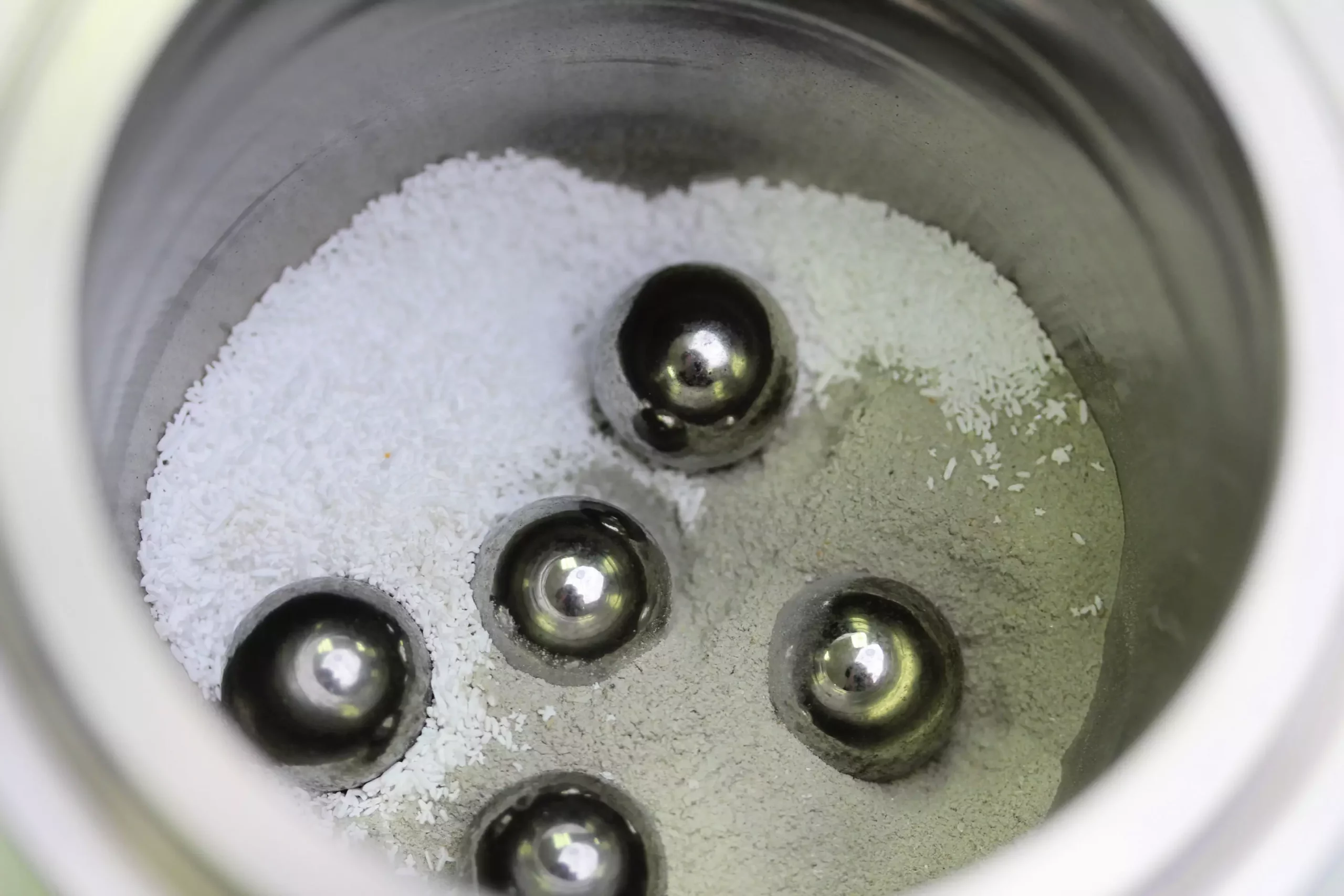Chemistry has long been associated with the image of colorful liquids in beakers, flasks, and test tubes in laboratories. However, the field of chemistry extends far beyond this traditional perception. At the Critical Materials Innovation (CMI) Hub, scientists are revolutionizing chemical extraction processes by utilizing mechanochemistry. This innovative approach involves the use of mechanical forces to initiate chemical reactions in solids, challenging conventional methods. The CMI Hub, led by the U.S. Department of Energy’s Ames National Laboratory, has developed a groundbreaking mechanochemical extraction process called MELLT to address the growing demand for lithium in the United States.
Lithium is a critical element used in high-performance rechargeable batteries that power technologies such as cell phones, electric vehicles, and medical devices. With the increasing popularity of electric vehicles, the demand for lithium is on the rise. Currently, lithium is extracted from two main sources: brines and hard-rock minerals. Brine extraction relies on solar evaporation, while hard-rock mineral extraction is energy-intensive and produces greenhouse gases and hazardous waste streams. Both methods pose challenges in meeting the high demand for lithium, leading to supply chain issues and environmental concerns.
The Inefficiencies of Traditional Extraction Methods and the Need for Innovation
Traditional methods of lithium extraction, whether from brines or hard-rock minerals, are inefficient and unsustainable in the long run. Brine extraction is a slow process that takes 12-24 months to produce lithium, while hard-rock mineral extraction consumes excessive amounts of energy and generates toxic by-products. Additionally, brine extraction requires large quantities of fresh water, further straining valuable resources. To overcome these inefficiencies, scientists at the CMI Hub turned to mechanochemistry as a solution to revolutionize the extraction process and create a more sustainable approach to chemical reactions.
MELLT, short for Mechanochemical Extraction of Lithium at Low Temperatures, is the brainchild of the CMI and Ames Lab scientists, led by Ihor Hlova. This innovative process involves ball milling solid spodumene chunks and a reactant chemical, such as sodium carbonate, to facilitate the formation of water-soluble lithium compounds. Through the application of mechanical forces, the chemicals undergo high-energy states, resulting in faster and more efficient chemical reactions. The lithium compounds produced by MELLT are extracted with a water wash, eliminating the need for energy-intensive processes and toxic waste streams associated with traditional extraction methods. MELLT offers a sustainable and environmentally friendly approach to lithium extraction, paving the way for a more efficient and diversified lithium supply chain in the United States.
The development of MELLT is part of a larger collaborative effort involving multiple national laboratories, universities, and industry partners supported by CMI. This collaboration aims to discover new refining processes and improve existing methods of extracting lithium from both hard rock and brine sources. By harnessing the power of mechanochemistry, scientists are creating innovative solutions to critical supply chain issues, reducing lithium criticality, and laying the groundwork for a sustainable future. Tom Lograsso, the director of CMI, emphasizes the importance of this work in addressing the challenges of lithium extraction and ensuring a stable and reliable supply of this essential element for future generations.


Leave a Reply